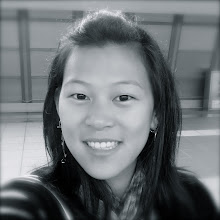The design of dresses is very different. Each dress has the same basic shape, with a bottom skirt part and a top part. Dresses can be very different, however, because the color of a dress can greatly influence what kind of image the dress will help highlight to the viewers. For example, the same dress in many colors can change the overall picture the dress embodies.
In white, the dress is gives off the idea of a wedding dress. The color white is representative of innocence and purity, so it was the perfect representation of a girl on her wedding. On the other hand, as a black dress, the dress gives off the idea of mourning, because black is a color that seems to emanate sadness and despair. The darkness, which is often noted as "black as night", makes the wearer seems more hopeless and unhappy. At the same time, in red, the dress seems more bold and almost "risque", because the color red is associated with standing out and bordering on improper. In green and blue, the dress becomes more calm and neutral, because blue and green are colors that are connected to the ocean and the sky, the grass and trees, which are things that are very peaceful and quiet. At the same time, in orange and yellow, the dress makes the wearer seems happier and more friendly, because orange and yellow are often used to depict the sun. In this way, color can transform a single object from representing one thing to many other things. Just a change in the color of a dress can transform the image the wearer wants to portray to the audience.



